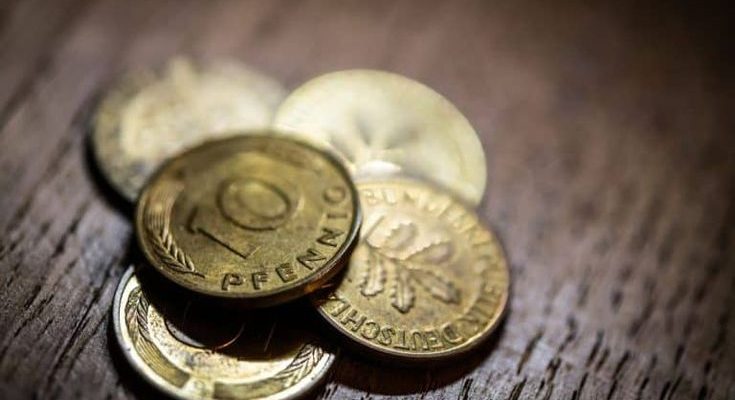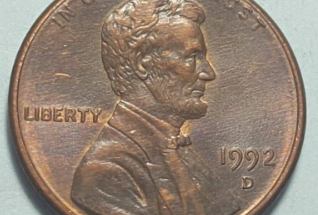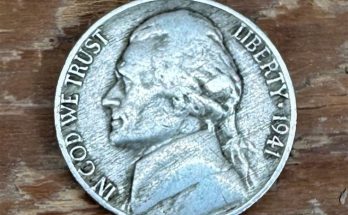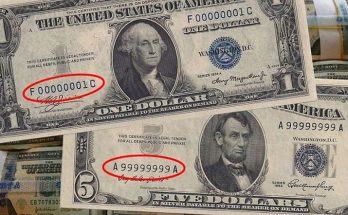Arming oneself with valuable information is absolutely necessary, despite one being a professional or an amateur when it comes to the coin-collecting world. Therefore, in the following paragraphs, we’re going to cover all the must-know information about the 1964 Roosevelt Dime; its origin, its history, and most importantly, the dime’s current market value and price. So, without further ado, let’s dive right in!
The 1964 Roosevelt Dime: Hisotory, Design
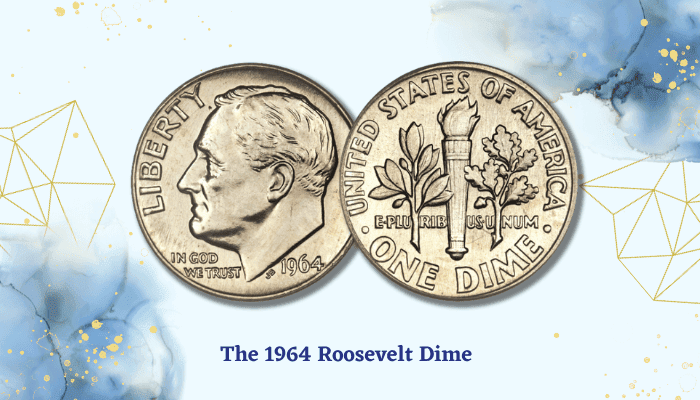
History of the Roosevelt Dime
The origin of the 1964 Roosevelt dime goes way back, to 1946 to be exact. World War II just ended and the world was in shambles, trying to restart itself. In the process, the States were tackling the recent happenings and were trying to find a way to introduce something new to the public. Often, and throughout the history of the United States, major events, like the death of a beloved President, were a great stepping stone towards creating a new coin, or an updated coin design. The same was with the events of the Second World War, so the U.S. Treasury decided to introduce the so-called Roosevelt Dime.
Franklin D. Roosevelt was the President of the United States during the tumultuous period of the War. Unfortunately, in 1921, the President got sick, and ever since has been suffering from polio. Because of his personal struggle, he recognized the need to support the March of Dimes, which was a nonprofit organization created to provide much-needed help and improve the health of mothers and babies. So, President Roosevelt’s death in 1945 gave the U.S. Treasury an idea; a new coin was to be created to honor the President, his efforts during the war, and his overall strong leadership despite personal struggles. This coin would be the Roosevelt Dime.
A Louisiana Representative, James Hobson Morrison, introduced a bill for a Roosevelt dime, and a few weeks later after the President’s death. The Treasury Secretary, Henry Morgenthau Jr. announced important news to the public. The Mercury dime (also known as the Winged Liberty dime), was going to be replaced by a new coin, made in honor of F.D. Roosevelt. The coin was going to depict Roosevelt himself and was supposed to go into circulation by the end of 1946, which it did.
The public was widely thrilled about the new coin design change, but there were some speculations and suggestions that President Roosevelt did not, in fact, earn a place on a coin, compared to other Presidents like Lincoln, Washington, or Jefferson. Nevertheless, a decision has been made, and there were only a few design decisions left to be finalized.
The Coin Design and Composition
To understand the coin design and composition of the 1964 Roosevelt dime, we need to go a bit back in history. In 1792, the United States government passed an act that authorized the U.S. Treasury, or the Treasury Department, to start producing coinage for the country. In 1796, the first dimes, or ten-cent pieces were struck, and the tradition continued for centuries. The very original dime composition of the United States dimes was 89.24% silver and 10.76% copper. The dimes weighed 2.7 grams and had a diameter of 19 mm.
Now, back to the 20th century, and the new Roosevelt dime issued in 1946; this one was a classic silver Roosevelt dime. Its composition was 90% silver and 10% copper. Compared to the original dime, this Roosevelt one was slightly smaller (17.9 mm), and also a bit lighter, weighing 2.5 grams. All of the dimes, from the very original one to the 1964 Roosevelt dime, had reeded edges, as to prevent clipping of silver from the coin.
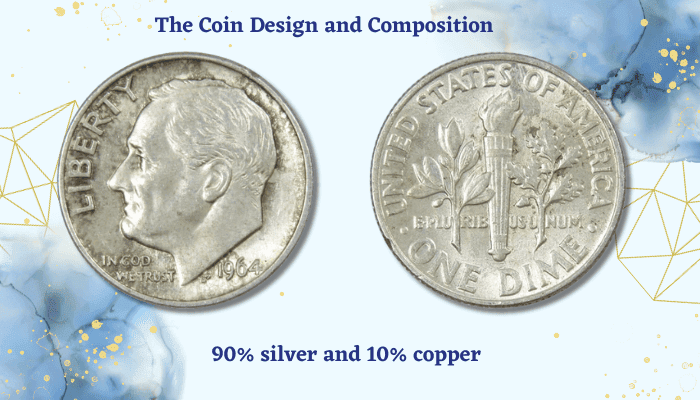
It is important to mention that the 1964 Roosevelt dime was the last silver dime ever produced; from 1965, the Roosevelt dimes were made of a pure copper core, bonded to clad layers of copper-nickel. The new coin composition was 75% copper and 2% nickel. They did not contain silver, and neither do the current Roosevelt dimes.
Now, when it comes to the coin design, the obverse of the dime depicts President Roosevelt, facing to the left. There are also inscriptions Liberty and In God We Trust, as well as the designer John R. Sinnock’s initials, JS. Sinnock was the chief engraver of the coin, but much of the work was actually done by Sinnock’s assistant, Gilroy Roberts.
The reverse of the coin shows a torch in the very center, representing liberty. The torch is flanked by an olive spring, which represents peace, as well as one of oak, representing independence and strength; all of which the States showed and needed in the testing times of the 1940s. The reverse also shows the inscription E Pluribus Unum (which means ‘one, out of many’), as well as the name of the country and the denomination, surrounding the central image of the torch.
The coin design was centered around symbolizing liberty and peace, but mainly strength and independence, both important and symbolic of the victorious outcome of World War II. It has been stated that this coin features one of the best and most natural images of a President, resembling more an art medal than a coin. But, many argued that the design wasn’t really an improvement compared to the one it is replacing, the Mercury dime. Nevertheless, art historians describe the Roosevelt Dime as clean, modern, stylish, and of grandeur.
The 1964 Roosevelt Dime Value: How Much Is It Worth Today?
While the Roosevelt dimes are still currently made and are in circulation, people are largely interested in the 1964 Roosevelt dime for its main difference when compared to the current coin; it’s silver composition. Coin collectors seek out the silver Roosevelt dimes, especially the ones that were uncirculated or are in exceptional condition in general. Uncirculated and proof 1964 Roosevelt dimes have the highest current value, as well as the ones with specific mint marks. Let’s take a closer look at the 1964 Roosevelt Dime market value and price;
Also Read:
Regular Strike – Mint Mark
Not every dime was minted in the same Mint; the U.S. Mint has three main minting locations; the Philadelphia Mint, the Denver Mint, and the San Francisco Mint. The Roosevelt dimes minted in Philadelphia didn’t have any mint marks, and are considered to have the lowest value/price on the market.

Dimes that were minted in the Denver Mint have a ‘D’ mint mark and are slightly more valuable than the previous one. Finally, the San Franciso Mint issued dimes with the ‘S’ mint mark, and these would be the most valuable 1964 Roosevelt Regular Strike dimes. Therefore, with this in mind, the current approximate value for a 1964 Roosevelt dime is anywhere between 2.10 USD and 2.60 USD, according to the NGC. However, on the open market, 1964 Dimes in pristine, uncirculated condition sell for as much as 900 USD.
Also Read: 15 Most Valuable Roosevelt Dimes (1975-S Roosevelt Dime No-S PR68 Sold in 2019 For $456,000.00)
Graded
In its average circulated condition, a 1964 Roosevelt Dime is worth around 3 USD, while in mint condition, the price starts at 18 USD, for an MS 65+ grade dime, and currently reaches 34 USD, for a MS 66+ grade dime. The auction record for the highest graded 1964 Roosevelt dime has reached 1,494 USD in 2021. The coin was graded with an MS 64 grade, but the reason for such a high price lies in the fact that it was a Doily Sample Slab, a very rare dime. Another auction record was for the 1964 Roosevelt Dime of a MS 68 grade, that has reached 6,495 USD, in 2018.
There’s a highly rare 1964 SMS dime, a special mint set coin with a satin finish, in SP66 premium quality condition. Its sharp details and unique champagne-lavender color make it appealing. It’s one of the few known examples. The Professional Coin Grading Service (PCGS) recorded only 23 grading events for this kind of coin, but some may be duplicates. It was sold on April 25, 2019, for $10,200.
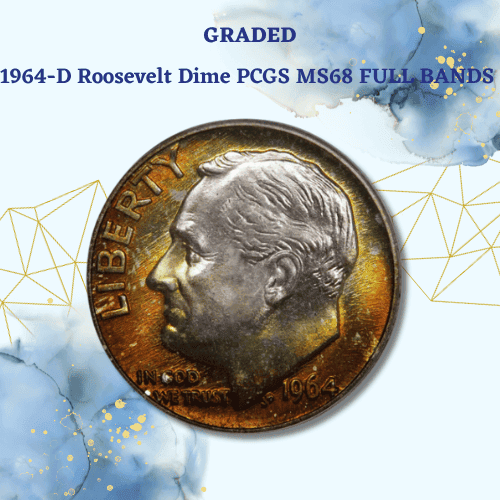
Proof Coin
The 1964 Roosevelt dime has been largely released into circulation. But, it also has the highest number of the highest certified population of proof coins, which is perfect for coin collectors and numismats around the world, looking for a single type example of exceptional quality. The current market value of a 1964 Proof Roosevelt dime, in exceptional condition, reaches 525 USD on average, but in some cases, the price can go as high as 4,600 USD (Deep Cameo, PR 70 grade).
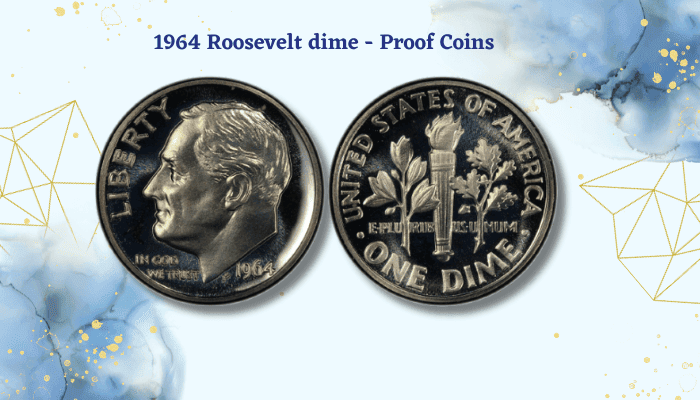
Error Coin
It is believed that there are 1964 Roosevelt dimes out there with around 44 different errors and error marks. Contrary to popular belief, error coins are actually highly valuable and highly sought-after. The bigger the ‘error’, the bigger the price of the coin. For example, a 1964-D Roosevelt dime, struck on a cent alloy planchet, with thin die cracks, was sold for 3,600 USD, according to the Heritage Auctions. Other 1964 Roosevelt dime errors include;
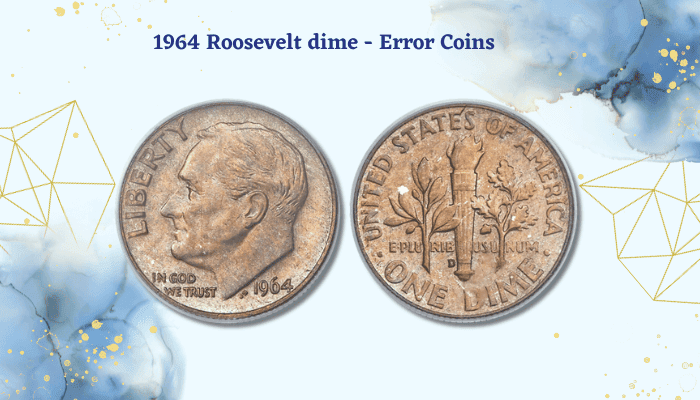
- Dime struck through reeding (strip around the edge of the coin accidentally struck and pressed into the obverse) – sold at an auction for 348 USD.
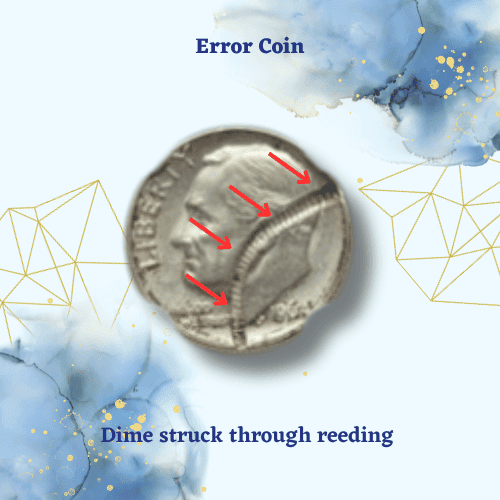
- Dime struck on a defective planchet (the upper portion of the planchet missing, and the coin weighs 2.2 grams, instead of 2.5 grams) – sold at an auction for 306 USD.
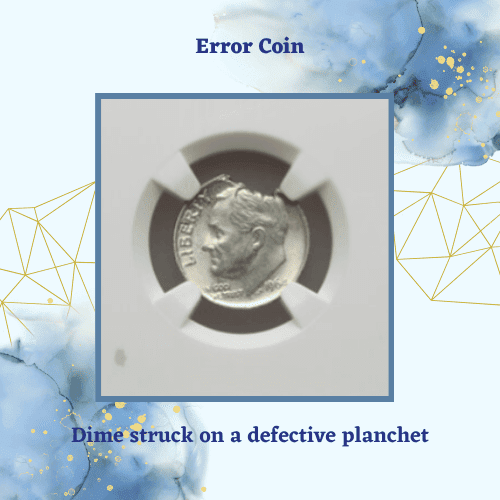
- Dime struck repeatedly, with reverse die cap (because of the repeated strike, the coin has curved up edges and has doubling of the inscriptions) – sold at an auction for 182 USD.
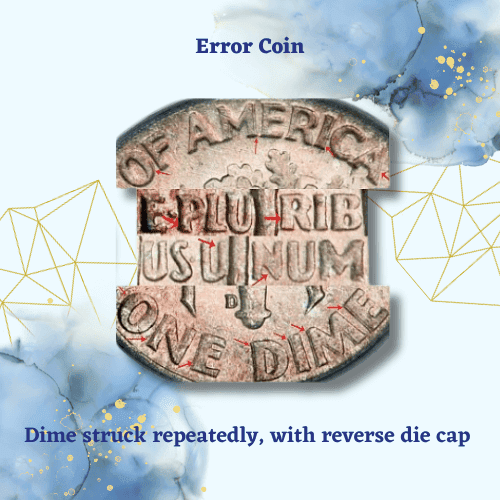
- Dime double struck (obverse and reverse designs on the same side) – sold at an auction for 823 USD.
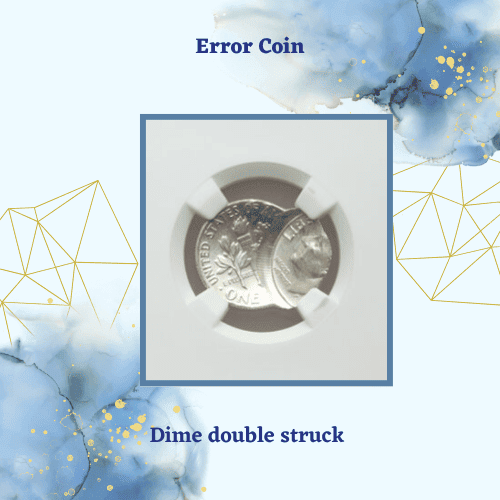
- 1964 D Washington Quarter struck on 1964 D Dime – sold at an auction for 4,313 USD.
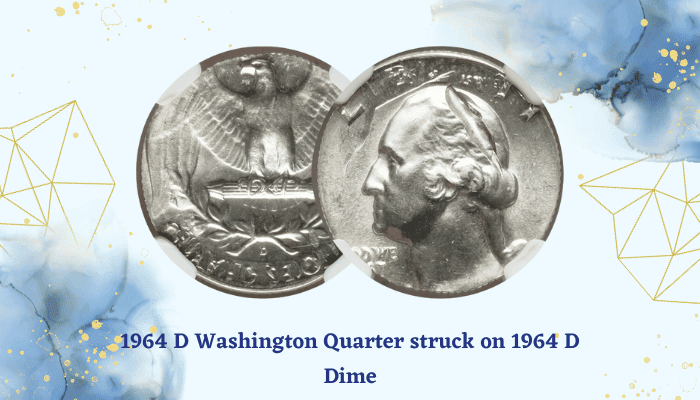
Final Thoughts
If you’ve managed to read the whole article, well done! We are happy to help out with all the information needed by our readers, especially if the information will make it easier to embark on a coin purchasing/selling/appraising/authenticating journey. For more information regarding the 1964 Roosevelt Dime, or Roosevelt Dimes in general, we urge our readers to consult PCGS and NGC (professional grading services), and of course, check out our other, equally informative articles. We wish you the best of luck and happy collecting!
